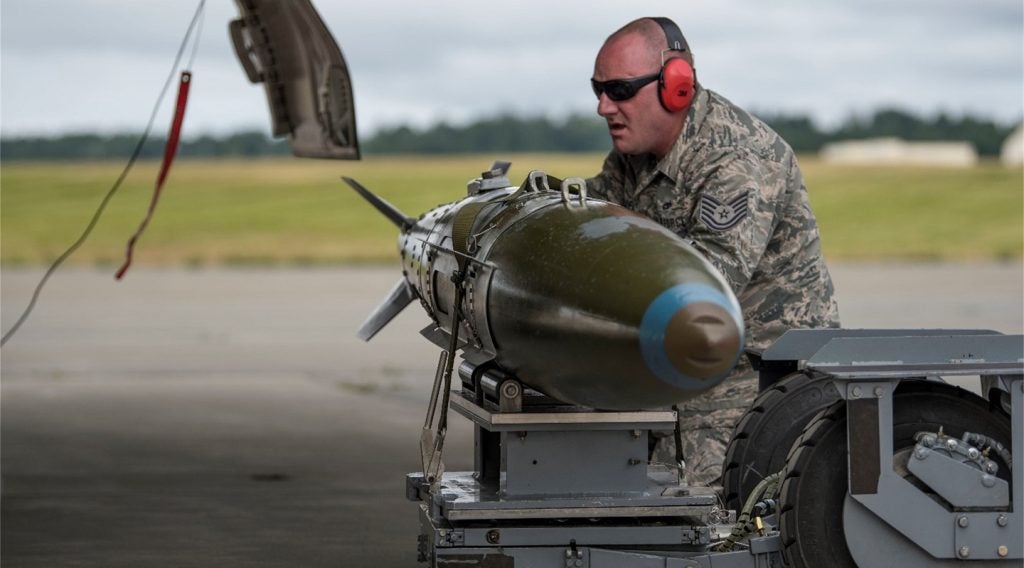Swiss aircraft manufacturer Pilatus Aircraft will equip the Australian Defence Force’s (ADF) PC-21 training aircraft with UTC Aerospace Systems’ terrain-referenced navigation (TRN) system.
UTC’s Terprom uses onboard sensors and a loaded digital map to provide ground collision avoidance and obstruction warning without any forward electronic emissions.
The TRN function of the system provides accurate and drift-free navigation, as well as increases situational awareness.
UTC Aerospace Systems sensors and integrated systems managing director Kevin Pindard said: "This combination of ground-based and airborne Terprom software allows us to support our customer, Pilatus, in delivering world-class pilot training to the ADF.
"With this innovative technology already in use on the Australian jet trainers, there is commonality for crew across training systems."
The ADF’s 49 PC-21 aircraft will be equipped with Terprom software, using which trainee crews will benefit from drift-free terrain referenced navigation, predictive ground collision avoidance and obstruction warning and cueing.
How well do you really know your competitors?
Access the most comprehensive Company Profiles on the market, powered by GlobalData. Save hours of research. Gain competitive edge.

Thank you!
Your download email will arrive shortly
Not ready to buy yet? Download a free sample
We are confident about the unique quality of our Company Profiles. However, we want you to make the most beneficial decision for your business, so we offer a free sample that you can download by submitting the below form
By GlobalDataUTC Aerospace will also provide simulator software for the ADF’s ground-based training equipment.
Work under the project is being carried out by UTC Aerospace Systems’ Atlantic Inertial Systems business in Plymouth, UK.
The Pilatus-built PC-21 expanded envelope trainer aircraft has been designed to meet the requirements for basic, advanced and fighter lead-in training for pilots and, if required, weapon systems officers (WSO).
Powered by a Pratt & Whitney PT6A-68B turboprop engine, the training aircraft features a fully digital glass cockpit with head-up displays, an up-front control panel (UFPC), hands-on throttle and stick (HOTAS) control and full-sized multifunction displays, giving a similar cockpit environment to current generation fighters, such as the AV-8B, F-16, F/A-18 and Gripen.







